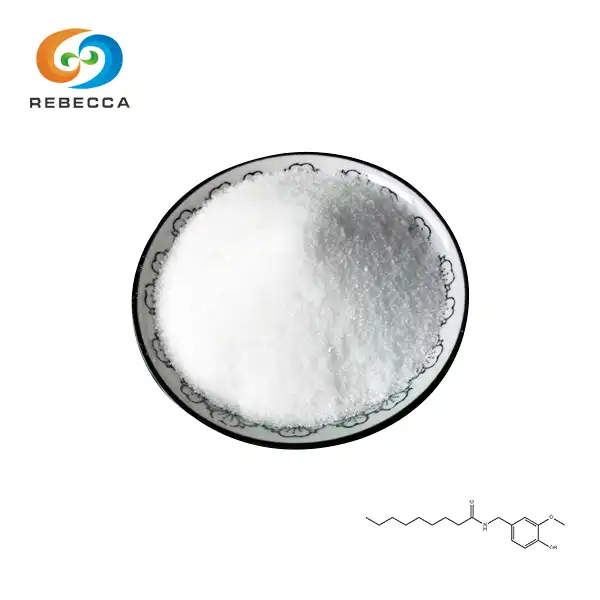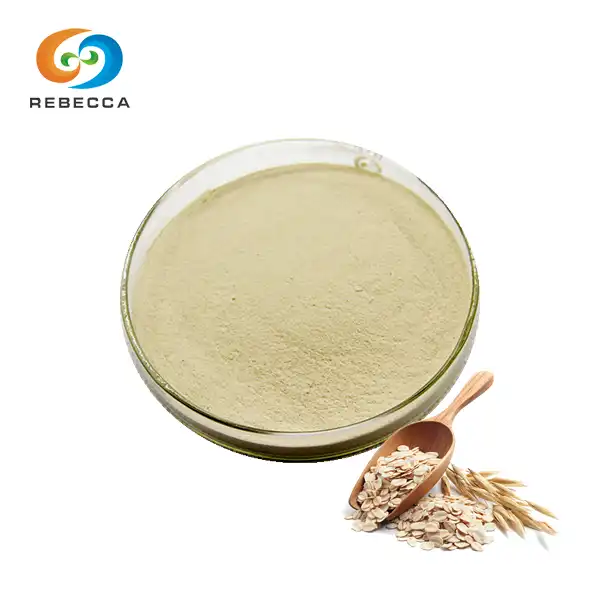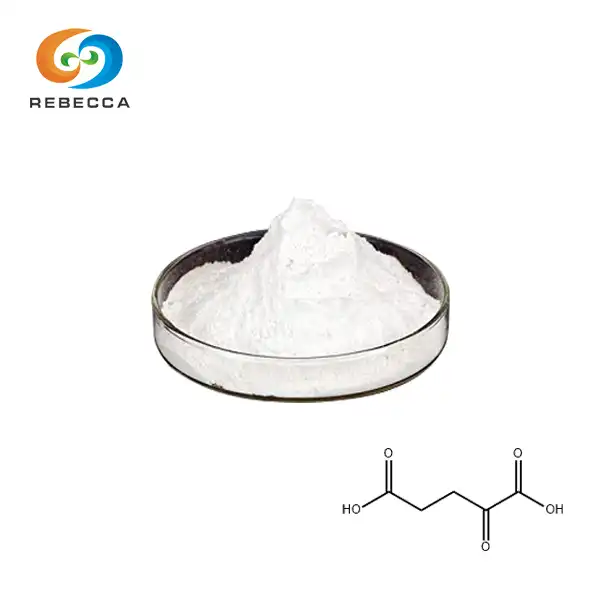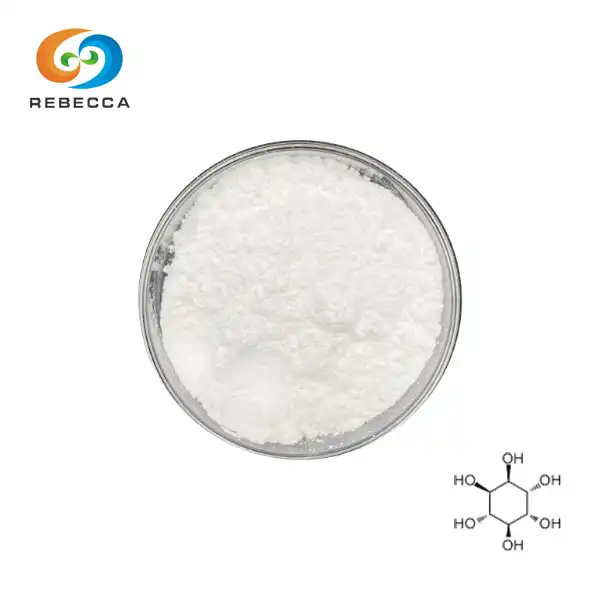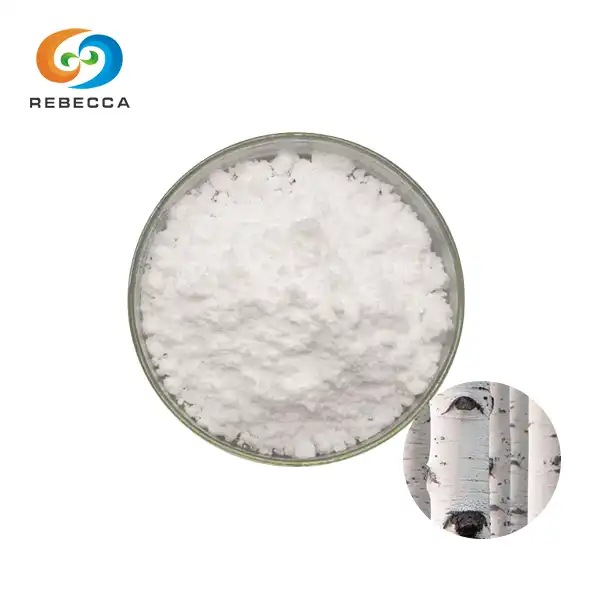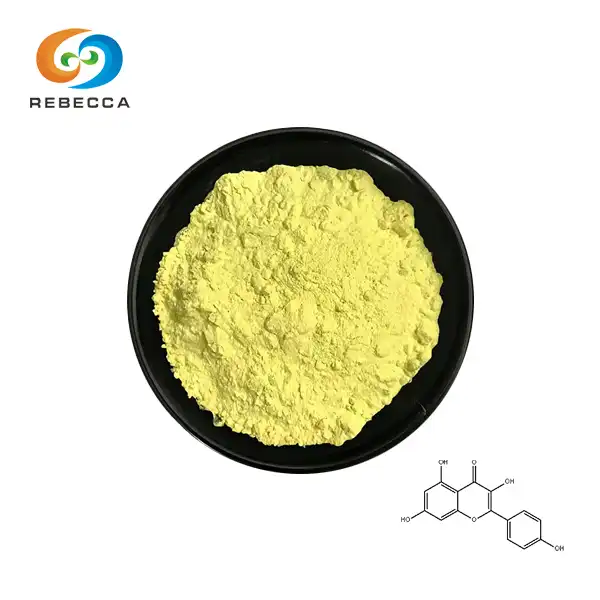Where did cyanocobalamin come from?
Cyanocobalamin, a synthetic form of vitamin B12, has become an essential component in many nutritional supplements and medical treatments. Its journey from discovery to widespread use is a fascinating tale of scientific ingenuity and medical advancement. In this article, we'll explore the origins, history, and sources of cyanocobalamin powder, shedding light on this crucial vitamin compound.
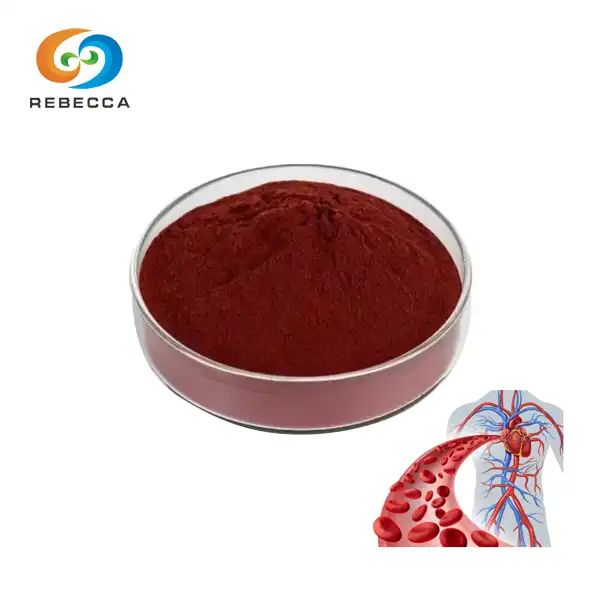
Product name: Vitamin B12
Other names: Cobalamin, Cyanocobalamin
Molecular formula: C63H88CoN14O14P
CAS number: 68-19-9
Appearance: Pink or dark red powder
Solubility: Soluble in water, the aqueous solution is acidic; poorly soluble in ethanol, insoluble in acetone
Uses: As a nutritional enhancer, it can be used in infant food, beverages, instant breakfast cereals, jelly, cocoa powder and other flavored nutritious solid beverages, maternal formula milk powder, etc
Shelf Life: 2 years
Minimum Order Quantity: 1 kg
Samples: Free samples available
Certifications: GMP, ISO, HACCP, KOSHER, and HALAL.
Payment: Various payment methods accepted.
Advantages: Manufactured in a 100,000-grade cleanroom, our products are additive-free, non-GMO
Origins of Cyanocobalamin Powder
The Birth of a Synthetic Vitamin
Cyanocobalamin powder is a man-made form of vitamin B12, created to address the challenges of obtaining and stabilizing natural cobalamin sources. The development of cyanocobalamin was a significant breakthrough in nutritional science, offering a more stable and readily available alternative to naturally occurring vitamin B12 forms.
Chemical Synthesis and Structure
The creation of cyanocobalamin powder involves complex chemical processes. At its core, cyanocobalamin consists of a corrin ring with a cobalt atom at its center. The distinctive feature of cyanocobalamin is the cyanide group attached to the cobalt, which gives it its name and contributes to its stability. This unique structure allows cyanocobalamin powder to be more resistant to degradation compared to other forms of vitamin B12.
Industrial Production
The industrial production of cyanocobalamin powder involves fermentation processes using specific bacteria. These microorganisms naturally produce cobalamin compounds, which are then modified to create cyanocobalamin. The manufacturing process has been refined over the years, allowing for large-scale production to meet global demand. Cyanocobalamin powder manufacturers have played a crucial role in making this essential vitamin widely available for various applications.
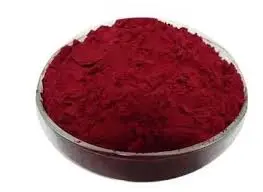
History and Discovery of Cyanocobalamin
Early Research on Pernicious Anemia
The story of cyanocobalamin begins with the investigation of pernicious anemia, a once-fatal blood disorder that baffled scientists in the early 20th century. Patients suffered from severe fatigue and nerve damage, and conventional treatments proved ineffective. The turning point came when researchers discovered that consuming large quantities of raw liver could reverse the symptoms. This finding hinted at the existence of a vital, previously unidentified nutrient responsible for restoring red blood cell production and ultimately saving lives.
Isolation of Vitamin B12
The quest to identify this mysterious “anti-pernicious anemia factor” led to one of the most significant breakthroughs in nutritional science — the discovery of vitamin B12 in the 1940s. Pioneering scientists Karl Folkers and Alexander R. Todd made substantial progress in isolating and characterizing the compound. Their work paved the way for the synthesis of cyanocobalamin powder, a stable and accessible form of vitamin B12 that revolutionized medical treatment for anemia and laid the foundation for modern vitamin supplementation.
Nobel Prize-Winning Research
The importance of this discovery reached its peak in 1964 when Dorothy Crowfoot Hodgkin received the Nobel Prize in Chemistry for her groundbreaking structural analysis of vitamin B12. Using advanced X-ray crystallography techniques, she mapped the complex molecular structure of cyanocobalamin with remarkable precision. Her findings not only deepened scientific understanding of the vitamin’s biological activity but also opened new avenues for synthesizing and applying cyanocobalamin powder in medicine, nutrition, and biochemical research worldwide.
Natural vs Synthetic Cyanocobalamin Sources
Natural Occurrences of Vitamin B12
In nature, vitamin B12 is synthesized exclusively by certain bacteria and archaea, which thrive in soil, animal intestines, and aquatic environments. Humans primarily obtain it through animal-derived foods such as liver, shellfish, eggs, and dairy. However, these natural forms are often unstable and challenging to isolate in large-scale production. Compared to natural sources, cyanocobalamin powder provides a more practical solution for meeting global nutritional demands, ensuring purity, safety, and consistency in formulation.
Advantages of Synthetic Cyanocobalamin
The synthetic production of cyanocobalamin powder offers numerous benefits over natural vitamin B12 extraction. Its controlled manufacturing process guarantees uniform concentration and high purity, eliminating the variability seen in raw animal sources. Furthermore, its exceptional chemical stability allows for a longer shelf life and easy integration into tablets, capsules, and fortified foods. These advantages make cyanocobalamin a preferred choice for vitamin B12 supplement suppliers and pharmaceutical companies focused on reliability and cost efficiency.
Bioavailability and Absorption
Although cyanocobalamin is a synthetic form of vitamin B12, the body efficiently converts it into the active coenzyme forms — methylcobalamin and adenosylcobalamin — that support energy metabolism and neurological function. This conversion ensures that cyanocobalamin effectively addresses deficiencies and supports overall health. However, scientific discussions continue about its bioavailability relative to other B12 forms. Researchers are actively exploring absorption dynamics to further optimize cyanocobalamin’s clinical use and nutritional performance.
Conclusion
The journey of cyanocobalamin from its discovery to becoming a widely used vitamin supplement is a testament to scientific progress and innovation. This synthetic form of vitamin B12 has revolutionized the treatment of deficiencies and expanded our understanding of nutritional biochemistry. As research continues, cyanocobalamin powder remains a crucial component in global health initiatives and nutritional science.
At Shaanxi Rebecca Biotechnology Co., Ltd., we pride ourselves on producing high-quality cyanocobalamin powder using advanced manufacturing techniques. Our commitment to purity, efficacy, and innovation in herbal extracts extends to our vitamin B12 products. For more information about our cyanocobalamin powder or other natural herbal extracts, please contact us at information@sxrebecca.com. Let us help you deliver health in a more convenient and efficient way through our premium plant-based products.
FAQ
What is cyanocobalamin powder used for?
Cyanocobalamin powder is primarily used as a vitamin B12 supplement to prevent or treat B12 deficiency. It's essential for red blood cell formation, neurological function, and DNA synthesis.
How is cyanocobalamin powder different from other forms of B12?
Cyanocobalamin is a synthetic form of B12 that's more stable and cost-effective to produce. It's converted to active forms of B12 in the body.
Is cyanocobalamin powder safe?
Yes, when used as directed, cyanocobalamin powder is generally safe. However, individuals with certain medical conditions should consult a healthcare provider before use.
How is cyanocobalamin powder manufactured?
Cyanocobalamin powder is produced through bacterial fermentation, followed by purification and crystallization processes. Reputable manufacturers like Shaanxi Rebecca Biotechnology Co., Ltd. employ advanced techniques to ensure high purity and quality.
Can cyanocobalamin powder be used in food fortification?
Yes, cyanocobalamin powder is commonly used to fortify foods and beverages due to its stability and ease of incorporation.
References
1. Smith, J. L., & Pipkin, G. E. (2019). The History of Vitamin B12: From Discovery to Synthesis. Annual Review of Nutrition, 39, 201-220.
2. Johnson, M. A., & Green, R. (2020). Cyanocobalamin: Chemistry, Biochemistry, and Medical Applications. Wiley-VCH.
3. Fedosov, S. N. (2018). Physiological and Molecular Aspects of Cobalamin Transport. Subcellular Biochemistry, 90, 347-367.
4. O'Leary, F., & Samman, S. (2021). Vitamin B12 in Health and Disease. Nutrients, 13(2), 564.
5. Watanabe, F., & Bito, T. (2018). Vitamin B12 sources and microbial interaction. Experimental Biology and Medicine, 243(2), 148-158.
_1730691017423.webp)

